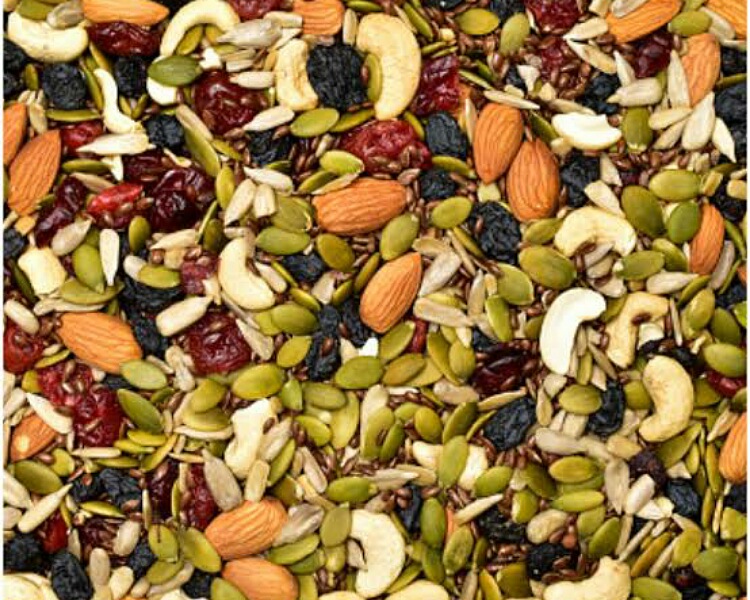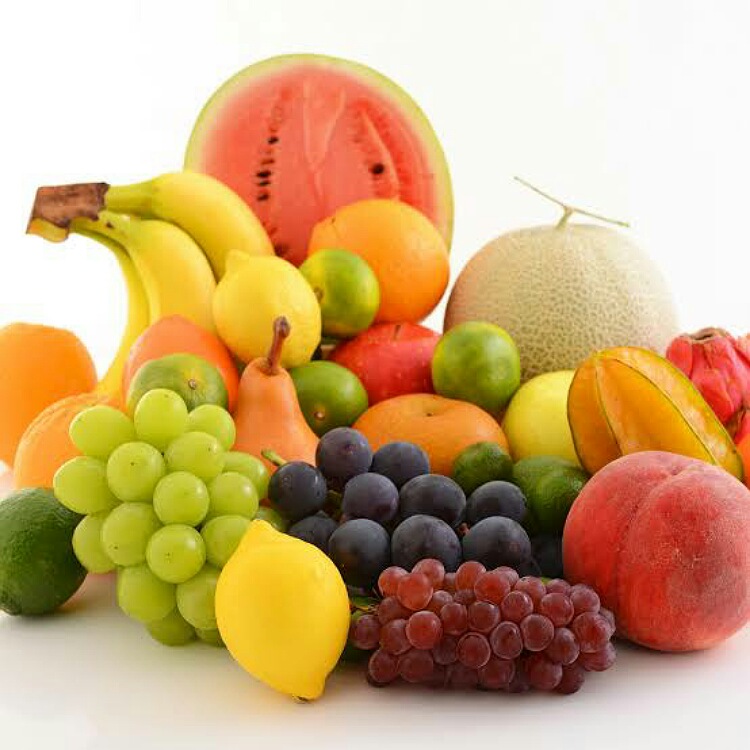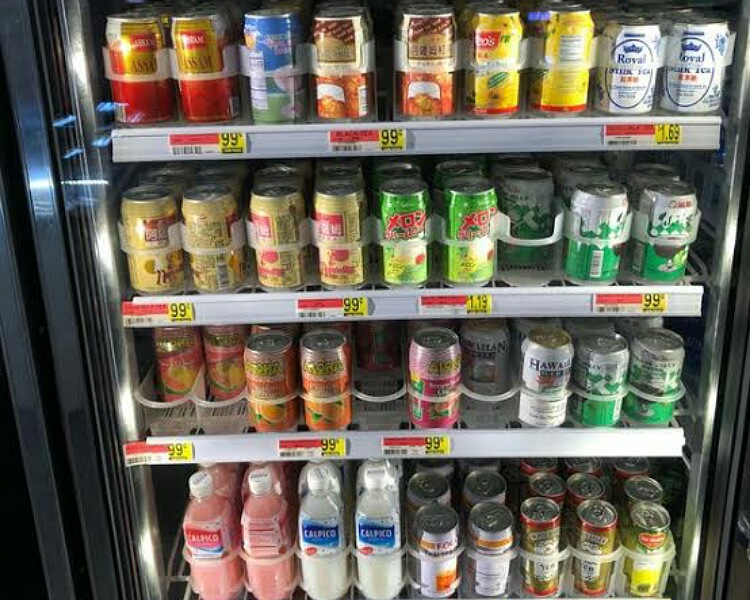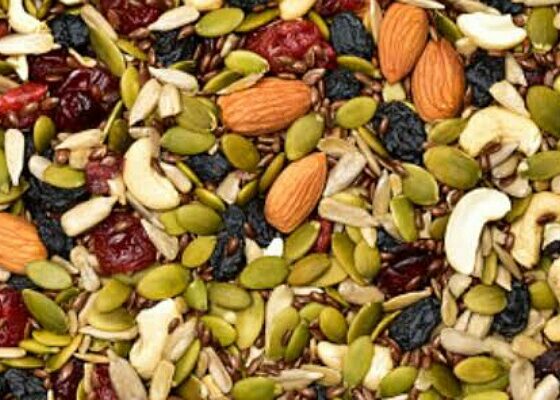Just like there are best clinical and research practices, there are also best practices in food preparation and cooking. There are certain do’s and don’ts that are important for the taste and healthiness of foods. Similarly, there are certain foods that should be washed prior to consumption.
Best practices in food preparation and cooking
There are certain best clinical practices as well as best practices while doing research. On similar grounds, there are best practices related to food preparation and cooking as well. These are vital to give the food its taste as well as to maintain its nutritive value. The only difference is that these practices have been passed down generations and are rarely put down in black and white. Such practices are varied and limited by regions.
When food is grown, harvested, processed, transported and stored, there are high chances of them getting contaminated. Hence, washing is an important step in food preparation. Which foods should be washed?

Which foods to wash?
Washing should be done under free flowing water. One should never use bleach or soap for it. A bit of vinegar added to water can enhance the cleaning process and remove all traces of pesticides and germs in the foods.
Nuts, seeds, dried fruits
Shocked! But these foods need a thorough washing before eating them. Firstly, these are likely to be contaminated during transport and storage. Also, nuts are sprayed with pesticide phytic acid. So washing will remove germs, dirt as well as all residues of the pesticide.
Shellfish
It is full of sand and grit. First wash them properly under clean flowing water. Then place them in a container of cold water. Add salt and keep in the fridge for one hour. You will see that more impurities come out in the water with this process.
Grains
Rice and quinoa need a wash before eating. Use cold water and rinse thoroughly in it for 2 to 3 times or until the returning water is clear. This will remove debris, germs, and pesticides.
Fresh herbs
Wash them properly before putting them in the refrigerator. Soak in cold water and pat dry.
Vegetables

They are full of mud, bacteria and worms. They need a good scrub. Put under running water and scrub. Put in a bowl of clean water and then peel.
Fruits
Whether you are eating their peel or not, always wash them. You could transfer the germs from the skin to the interior edible part while deskinning them. Hence, wash them well under running water after purchase and before storage or consumption.
Canned beans
Canned beans are immersed in brine water. The sodium content of it is high. This is as a preservative. But it can lead to blood pressure and heart issues. Hence, wash them well to remove the excess salt.
Cans and jars

In the process of transporting and during warehouse storage, cans and jars get dirty. They also have germs on them that could get transferred into the inside contents. Hence, always wash them well before opening them.
Read here: Poly fluoro alkyl substances: health dangers and how to reduce their exposure?
Clean the can especially on the top near the opening with a damp kitchen towel. One can also use running water for it. If you use can-openers, wash the in-between uses. Pour contents into other container to drink. Avoid drinking directly from the cans.
